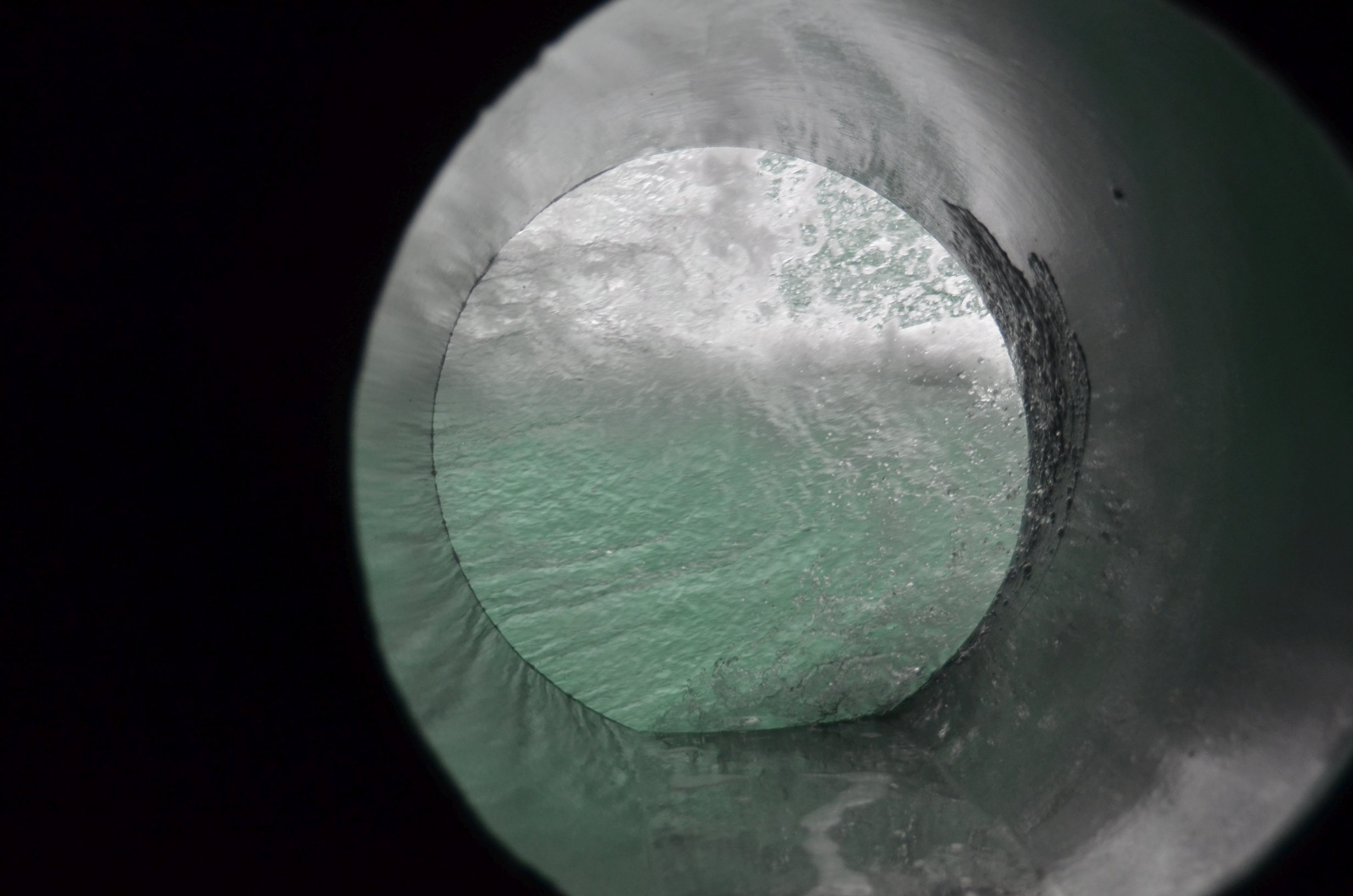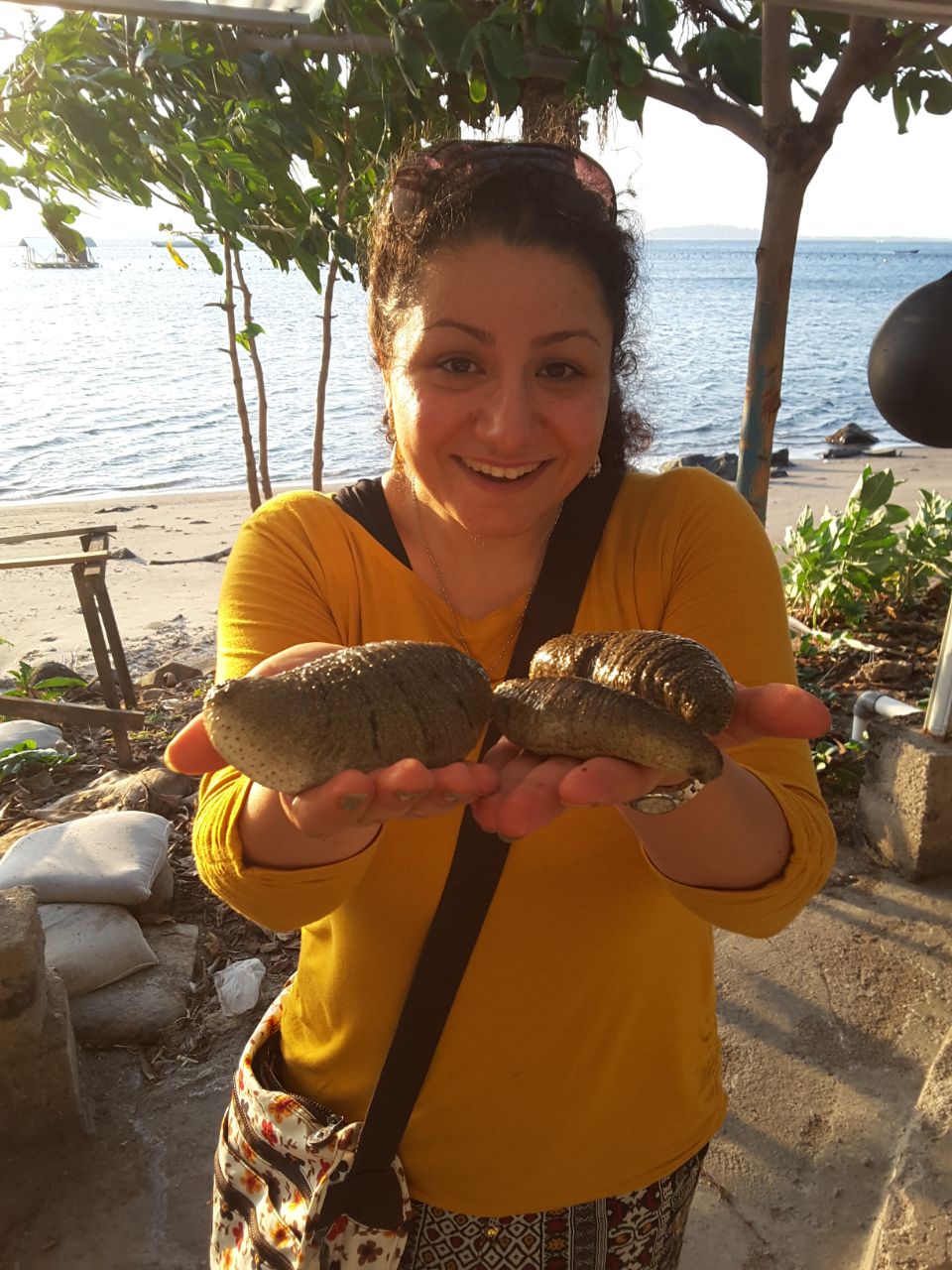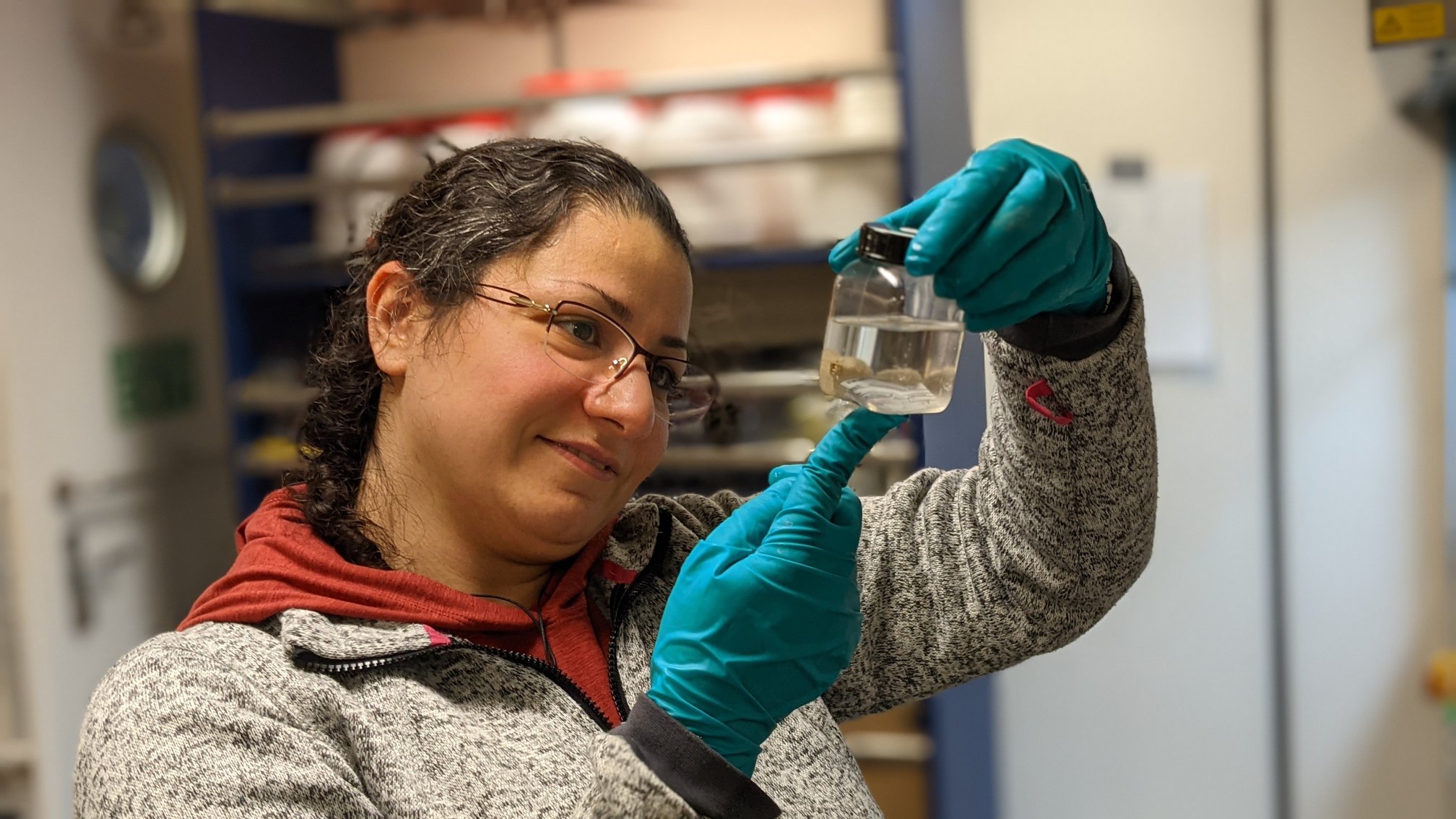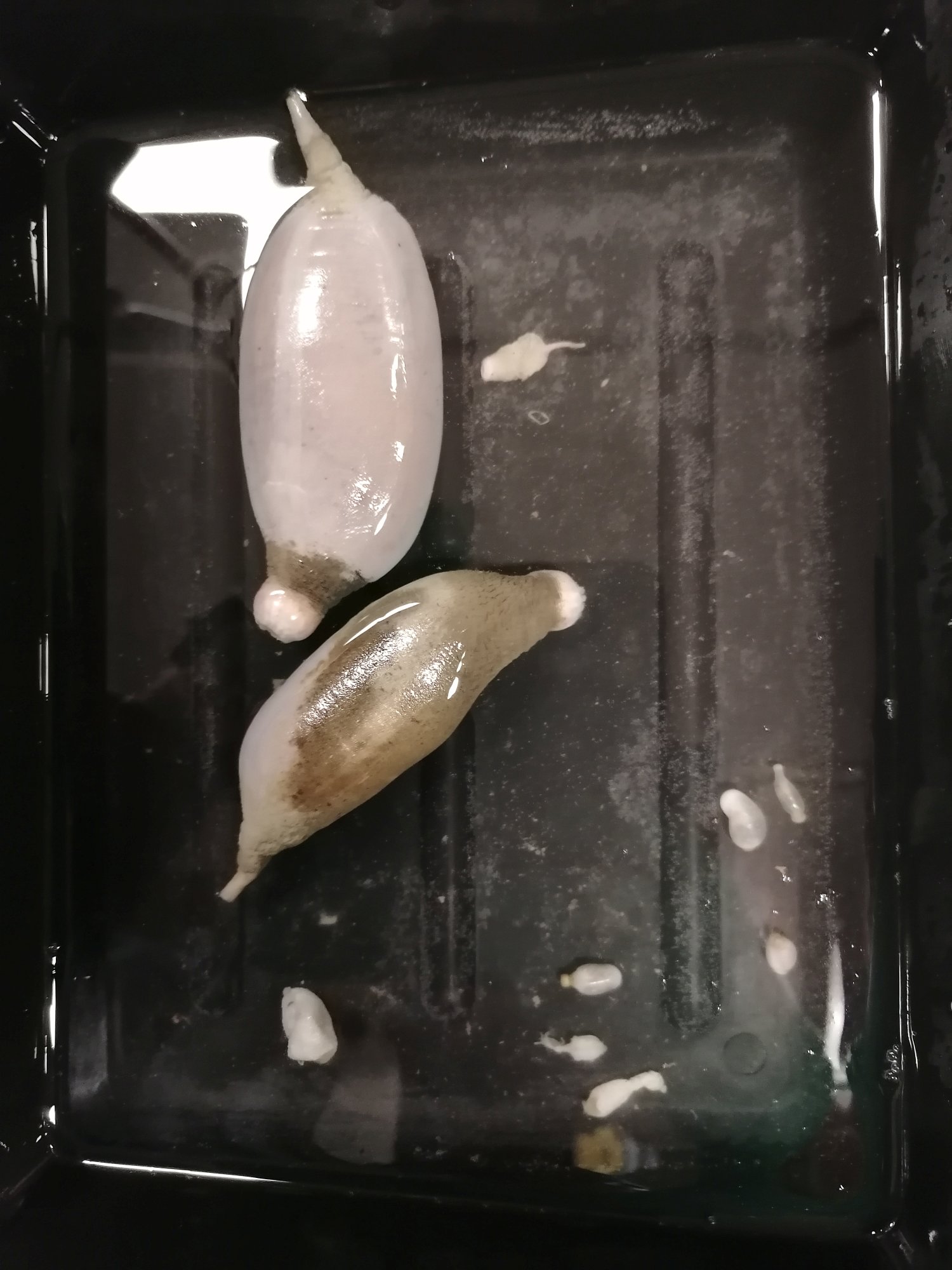Another Ocean Gathering: “AleutBio expedition”
This time, the AleutBio expedition gave us another precious, invaluable chance to meet up again and make our networks broader and stronger as a part of a team!
On 22nd of July, we landed to the small city of Dutch harbor with beautiful landscapes. Watching various birds, puffins, eagles, eagles and many more eagles along with seals, and porpoises, made our days even more beautiful and exciting! Oh ja! We also met our friend, RV SONNE, from afar, on a foggy day when she reached the harbor.
In the following days, after cheering our negative Covid tests, were accommodated on RV SONNE. It was a nice and interesting feeling to come for the second time on such a cruise, meeting some colleagues and friends that I had got to know in the last cruise and also meet new scientists from other institutions/universities and countries!
I am a post-doc researcher at Senckenberg am Meer in Wilhelmshaven, Germany. By training, I am marine biologist with focus on environmental biochemistry. In that framework, I studied the bioactive compounds isolated from shallow-water sea cucumbers and their associated bacteria using metabolomics. I found out that some of their secondary metabolites “Saponins” are important for the sea cucumbers itself as chemical defensive molecules, and due to their anti-fouling and anti-fungal properties, they can be possible candidates for the ship industry as the new generation of “bio-paints”, and also useful for the human health. At the same time, we found out that since sea cucumbers from the same genus share slightly similar saponin compositions, these molecules can be considered as promising taxonomic markers. However, there is lack of information about the biodiversity as well as secondary metabolites of deep-sea sea cucumbers and their defensive strategies.
As a strong fan of “interdisciplinary and ‘omics” approaches, studying the combination of methodologies and the deep-sea biodiversity are my new and exciting areas of interests. Looking at the amazing location we are, we have the chance to see how biodiversity can be different at the northern (i.e. Bering sea), and the southern sides of Aleutian trench. This time, “AleutBio” brings 38 of us together with very different backgrounds/expertise but the same interests “Finding out more not only about deep-sea biodiversity, and distribution pattern of different classes of marine organisms, but also knowing the geochemistry of these ecosystems and find out how marine (micro)organisms can adopt under these “extreme” conditions.
On board, as a member of a big team of researchers, we are collecting water and sediment samples from the Multi Corer (MUC) to study the biodiversity of deep-sea meiofauna of the North Pacific Ocean especially in the Bering Sea and different depth along the Aleutian Trench, and to compare two molecular methodologies of metabarcoding and eDNA analysis. Also, as my focused marine organism, I am trying to identifying the sea cucumbers of the region that we are collecting by Agassiz Trawl (AGT) during this cruise.
In the end, these expeditions are all about collaboration, teamwork, mutual support, learning, transferring knowledge, and refreshing our mindset for novel ideas, in order to play a tiny step forward to help our planet and increase human awareness about our beautiful marine ecosystems and its life!
We will keep you posted here and with our up-coming interesting findings and publications …..
Best regards,
Elham Kamyab





